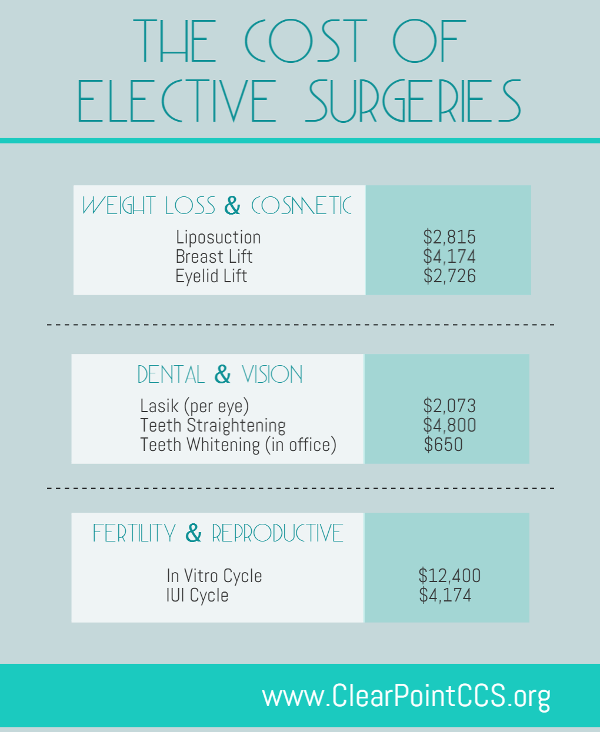The Connection Between Gut Health And Acne
The Connection Between Gut Health And Acne
Blog Article
Acne Scars and Post-Acne Treatment
Acne scars and dark marks can continue to be even after the blemish itself has actually cleared. Yet there are numerous natural, non-prescription and clinical treatments that can lower their appearance.
Ice pick scars are little imprints that look like pinpricks; rolling marks have a wave-like appearance and shallow depth; boxcar scars have clear edges; hypertrophic scars are increased bumps. Treatments include skin needling, where your doctor rolls a needle-studded device over the skin; and surgical excision, when a health care professional cuts out deep scars.
1. Exfoliate
Acne scars discolor best when they aren't covered with dead skin cells. Exfoliation removes the build-up and enables fresh skin cells to find to the surface area. It likewise makes acne scars less visible.
A skin specialist can recommend exfoliation methods for your specific skin type. Dry skin might gain from peeling with scrubs or various other mechanical techniques, while oily skin may need a chemical peel. Those with darker skin tones require to be mindful making use of more powerful chemical therapies, as they can trigger dark spots and sensitivity.
If you have acne marks, stay clear of selecting or pressing at them, which can make them worse. Inflammation caused by irritability raises the possibility of scarring. Choosing can leave ice-pick scars, which are narrow impressions with a factor at the end. You can likewise get boxcar scars, which are impressions with bigger sides. You can likewise develop hypertrophic or keloid scars. These are elevated bumps of mark cells that can be itchy and unpleasant.
2. Moisturize
After finishing your acne therapy, keeping skin clear and healthy calls for a constant skincare routine that shields from outbreaks and minimizes post-acne marks. This includes a gentle cleanser and cream, non-comedogenic items that don't clog pores, and staying clear of foods that aggravate skin or trigger acne flare-ups.
Using a lightweight, non-comedogenic cream with active ingredients like hyaluronic acid and glycerin can assist moisturize skin while also boosting skin structure and promoting healing. Seek an item that is formulated without scent or parabens.
An item that targets remaining acne marks with ingredients such as skin-brightening tranexamic acid and bakuchiol can boost dark areas or uneven tone brought on by swelling. It gently resurfaces the skin while smoothing harsh and textured locations. An item that combines a retinoid and a plant-based retinol choice can likewise improve the look of deeper scars while all at once targeting existing acnes and preventing future outbreaks.
3. Cover
Once your acne marks heal, you can conceal them with makeup and a concealer. Just make certain you're only using the product over scars that are completely healed (not fresh ones), claims Sotomayor. Then, complete your look with a bold lip shade or statement great smoky eyeshadow for optimal effect.
When it comes to picking a foundation or colored moisturizer, it's important to choose one that is noncomedogenic and oil-free. This will aid keep your skin clear and protect against the clogging of pores that can bring about new outbreaks.
The exact same goes for choosing a concealer. Look for a formula that uses full protection but still really feels light-weight and blendable on the skin. Also, when hiding imprints from acne marks, it's a good concept to find a shade that matches your natural complexion (rather than a color lighter or darker). This will certainly assist hide the indents more effectively. This beneficial balm is an outstanding alternative for brightening and lightening post-inflammatory hyperpigmentation, which can be brought on by acne or other inflammatory skin disease. It contains moistening panthenol, softening shea butter and strengthening peptides that minimize soreness and scaly appearance.
4. See Your Dermatologist
The marks that form from serious acne often need therapy by a doctor or skin doctor. Before that can occur, however, a patient needs to have their acne under control. This includes therealgenesisx not selecting or squeezing acne areas, and making use of gentle cleansers and water-based non-comedogenic items that will not clog pores.
If pharmacy cleansers and place treatments aren't removing your skin, timetable an appointment with a skin specialist. The dermatologist can suggest various other therapies that help remove your skin without drying it out or bothersome it.
A dermatologist can likewise deal with other type of post-acne marks, consisting of dark places that are a type of hyperpigmentation called PIH (post-inflammatory hyperpigmentation). A topical retinoid like adapalene can noticeably lighten these marks and discolor them quickly. For other sorts of scars, the physician can recommend an extra intensive treatment. This can consist of microdermabrasion or chemical peels that are done right in the office. Relying on the intensity of your marks, these treatments may need to be duplicated.